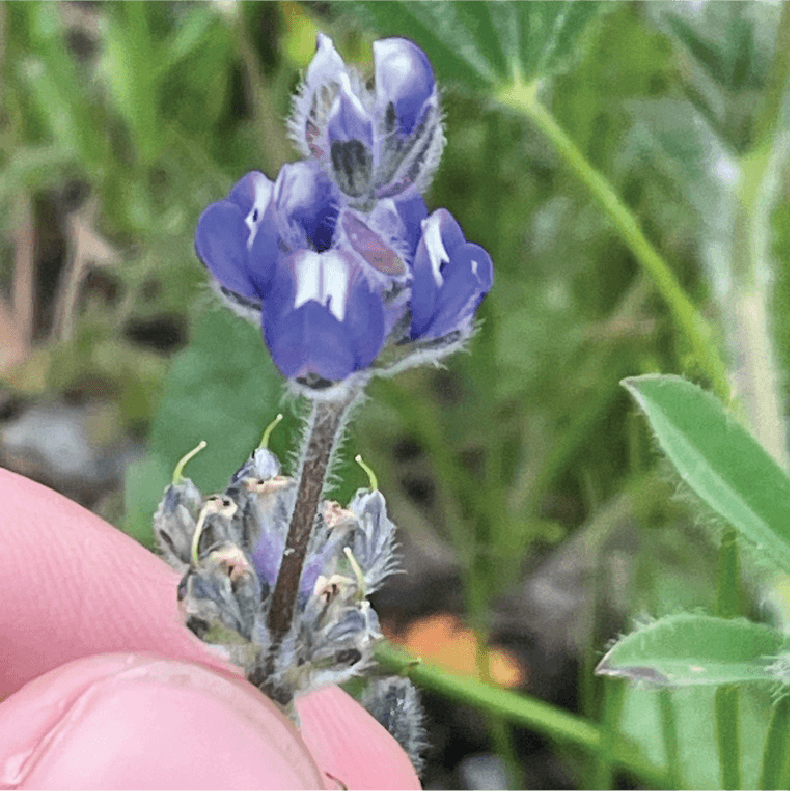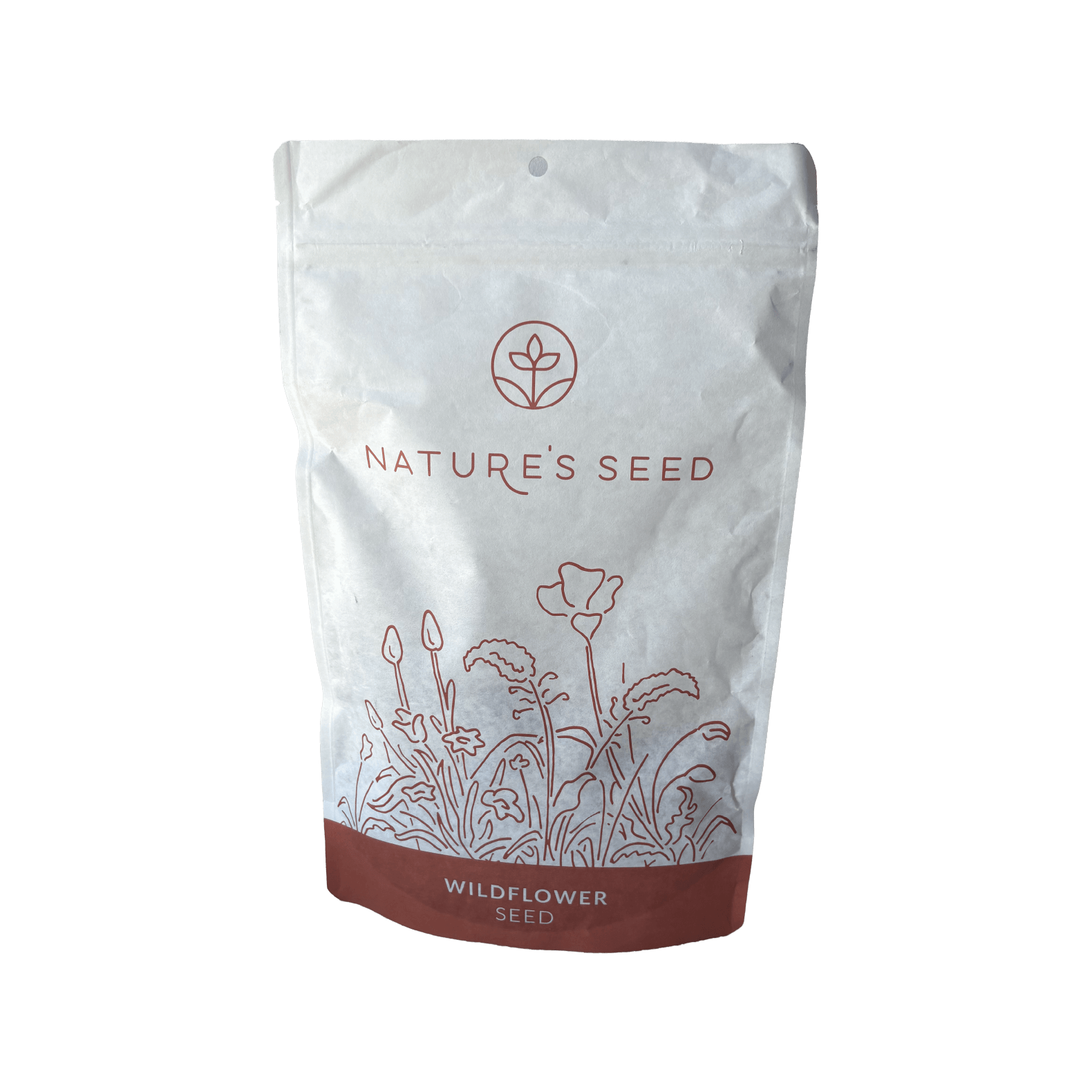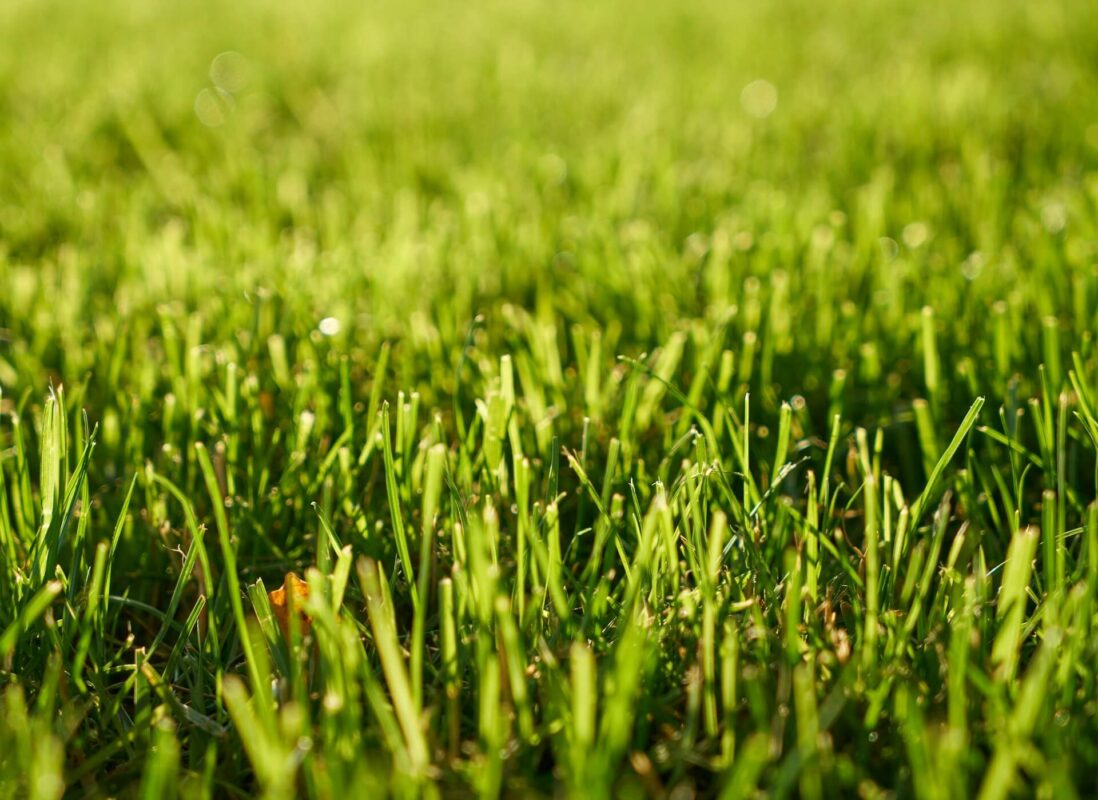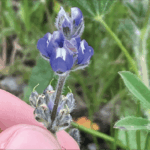
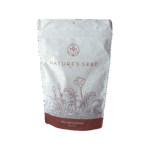
What is the Miniature Lupine?
This seed was collected in San Mateo County, CA, and grown at Hedgerow Farms in Yolo County, CA.
Miniature Lupine (Lupinus bicolor) is a petite, low-growing California wildflower that packs charm into a small package. Often only 3-8 inches tall, this annual produces delicate spikes of blue and white flowers. It spreads easily in open grassy areas and blooms in spring, adding splashes of blue color to meadows. Adapted to winter rains and dry summers, it completes its life cycle by early summer and reseeds. As a legume, it enriches soil by fixing nitrogen. Ideal for creating a low-growing floral carpet in native meadows or garden edges.
Specifications
Sun Requirement
Full Sun
Soil Preference
Well-drained Sandy or Loamy Soils
Soil pH
Slightly acidic to neutral
Time to Maturity
~60–75 days to bloom
Height when mature
3–8 inches
Seeding Rate
1lb/10,000 Sq Ft
Planting Depth
1/8 inch—light cover
Miniature Lupine
Lupinus bicolor | SKU: W-LUBI
Check your ZIP code to know if this seed works for you
Check Your ZIP Code
×Enter your ZIP code to see if this seed works in your region:
Why Choose This Seed?

Charming Small Blooms
Bicolor Lupine is a beautiful, low-growing wildflower. Plant with native bunchgrasses such as Purple Needlegrass and other native wildflowers such as Arroyo Lupine for a beautiful native meadow. Plant this lupine as a garden border or tuck it into tight spaces for a brilliant pop of color in the spring.
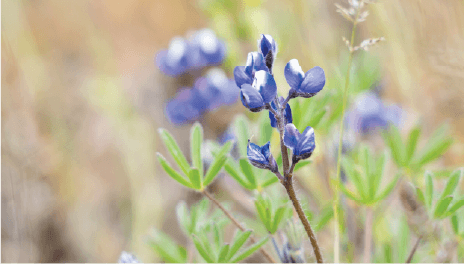
Quick to Flower
Bicolor Lupine is is a fast-growing annual. Plant anytime from September to early March. It blooms about two months from seed for fast spring color.
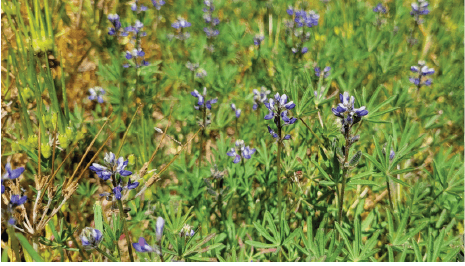
Self-Seeding Annual
Bicolor Lupine easily reseeds and goes dormant in the summer, starting its life cycle again in the late fall.
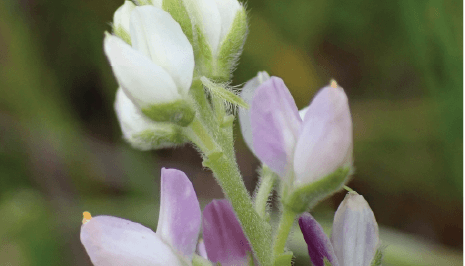
Soil Improvement
Like all legumes, Bicolor lupine fixes nitrogen through its roots, enriching soil and creating better conditions for companion plants over time.
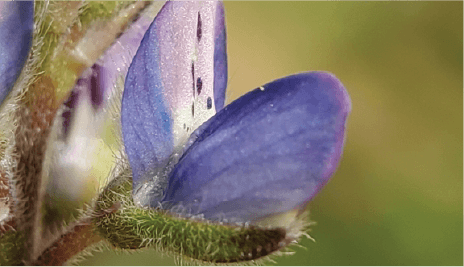
Low-Growing & Versatile
Whether you are adding this species to a restoration mix or a small container garden, this species is a perfect choice due to its small size, quick blooms, and reliable reseeding.
Seed Description
Product Details
Sun/Shade
Full Sun
Height
3–8 inches
Seeding Rate
5-10 lbs/acre
Uses
Native wildflower lawns, meadow mixes, roadside revegetation, cover crop
Color
Blue-violet and white
Water
Low—seasonal rainfall; dry summer dormancy
Native/Introduced
Native to Western North America
Life Form
Annual wildflower
Wildflower Planting Guide
When to Start & Weed Control
Start prepping your planting area in fall, so that you are ready to seed between late September and early February, when temperatures cool and rain is on the horizon.
Weed your growing area BEFORE planting any native seeds. We recommend not only pulling visible weeds but also “flushing out” the weed seeds that are waiting in the soil. Irrigate the area and wait for weed seeds to germinate, then remove them using your method of choice. Irrigate again, wait, and perform another round of weed control. Repeat 2-3 times.
Soil Prep
Ensure your soil is as bare as possible for the maximum amount of seed-to-soil contact. If the entire area can’t be completely cleared, rake out as much dead plant material from the area as you can to create bare patches of soil for the seed to make contact with. For best results, the soil should be easily crumbled and not heavily compacted.
Seeding
It is best to seed onto slightly damp soil. If necessary, water the top 1/4 inch of soil before seeding. Scatter seed directly on the soil surface and rake gently or lightly press the seed into the soil. Do not bury the seed deeper than 1/4 inch into the soil.
Water
After planting, keep the top 1/4 inch of soil consistently moist until the seeds have germinated and the first true leaves have emerged. A good rule is to water lightly every day intul the seedlings are an inch high, then you can reduce watering to every 3 days. Skip days when it rains. Within 6 weeks after germinating, your plants should need only occasional watering. Don’t over-water your plants, especially in summer.
Questions & Answers
Is Miniature Lupine native to the US?
Miniature Lupine is native across western North America—British Columbia to Baja California—with a strong California presence.
When should I plant the seed?
Direct-seed in the cool wet season so rain does the work: fall through mid-winter (roughly October–February in Mediterranean climates). Expect spring bloom after winter growth.
How much water does it need after sowing?
Keep the seedbed evenly moist until rains take over. Once established, let it ride on seasonal rainfall; it goes summer-dormant and doesn’t want irrigation in dry heat.
Will it reseed and come back each year?
Yes—this annual readily self-seeds. Let some pods mature; mow high or leave stalks until seed drop to help it naturalize.
Is it good for pollinators?
Absolutely. Miniature Lupine feeds native bees (including bumble bees). Lupines signal “pollinated” by the banner spot changing color, which helps bees forage efficiently.
Is it safe around livestock or pets?
Use caution with grazing animals. Many lupines contain alkaloids; toxicity varies by species, and risk is higher in seed/pod stages. Keep livestock off stands—especially pregnant cattle—during seed set. For pets, avoid ingestion.
Still have
questions?
Our planting experts
are here to help.
customercare@naturesseed.com
Response time:
Within 1 business day
Reviews
| Coverage Area | , , |
|---|
Related Products
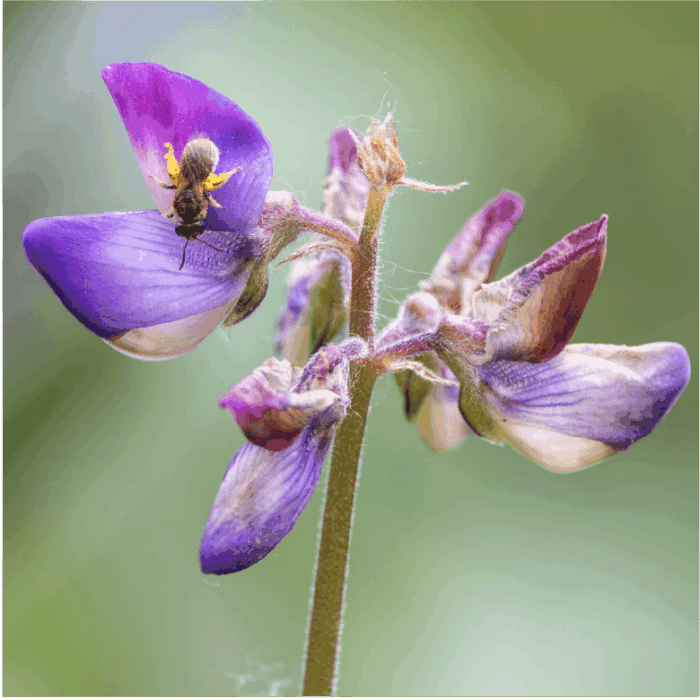
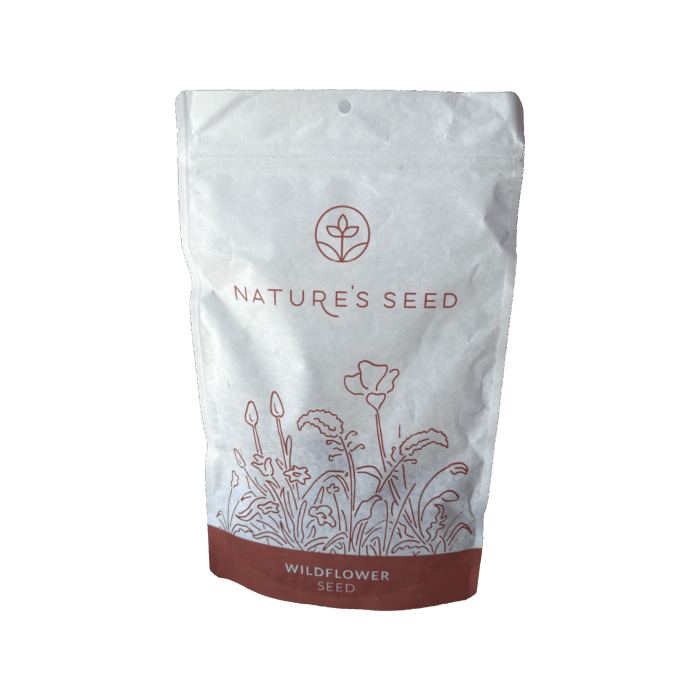
Arroyo Lupine
(4.7) - 145 reviews
$51.96/lb
Wildflower displays, restoration, slope stabilization, pollinator gardens
Southern USDA Regions (8-10), Transitional USDA Regions (6-8)
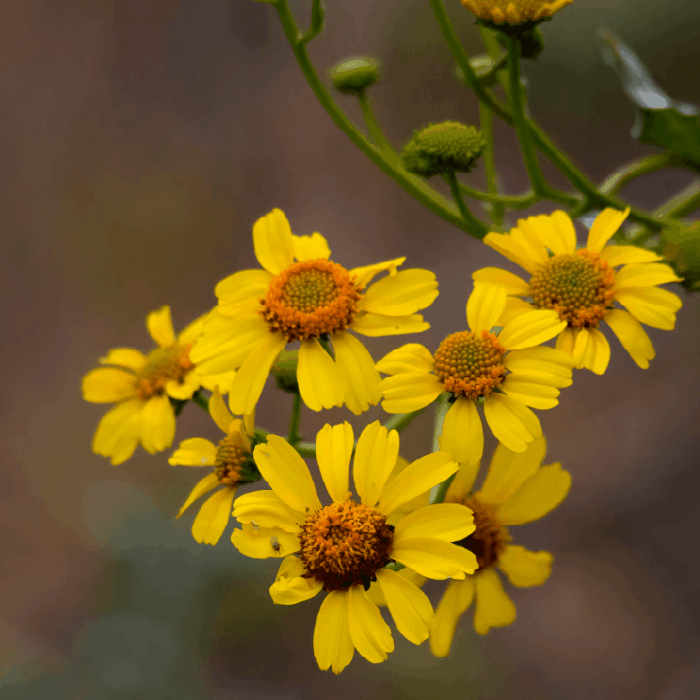

Brittlebush
(4.7) - 145 reviews
$35.96/lb
Desert landscaping, xeriscaping, slope revegetation, pollinator gardens
Southern USDA Regions (8-10), Transitional USDA Regions (6-8)
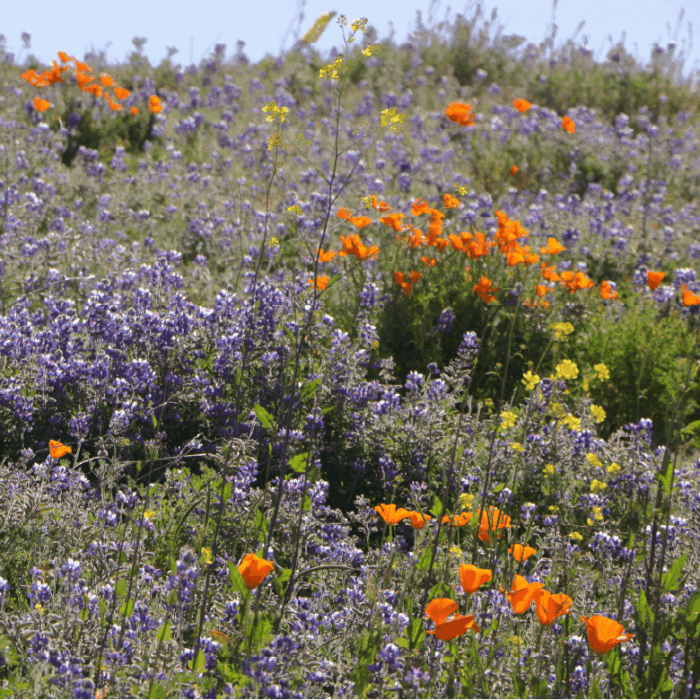

California Coastal Native Wildflower Mix
(4.7) - 145 reviews
$63.98/lb
landscape beautification, pollinator gardens, natural wildflower meadows, and habitat restoration. Great for reseeding native wildflower areas, cottage gardens, and adding color to pastures or roadsides.
Southern USDA Regions (8-10), Transitional USDA Regions (6-8)
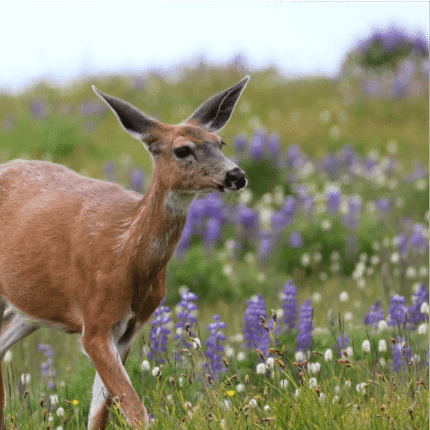
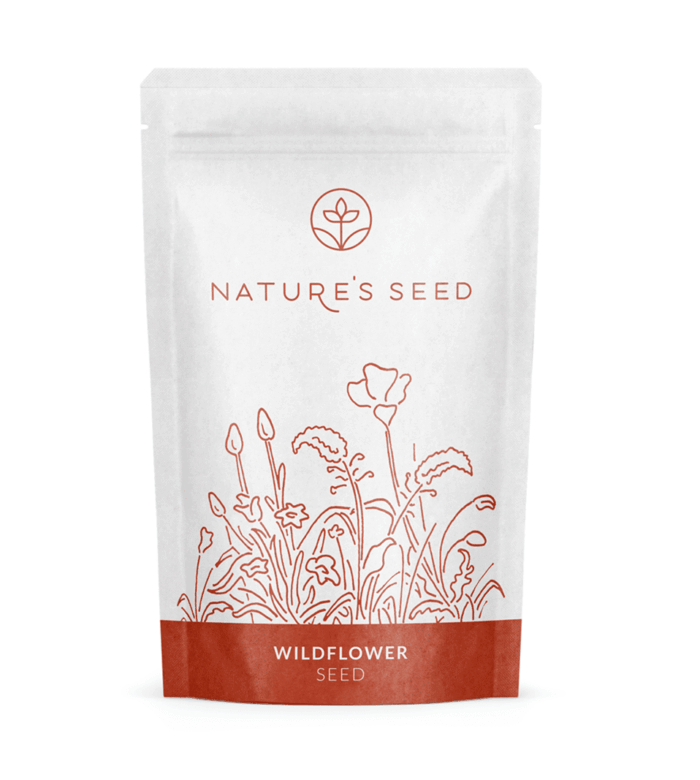
Deer Resistant Wildflower Seed Mix
(4.7) - 145 reviews
$27.99/lb
Ideal for beautification projects and natural wildflower meadows. Great for pollinator gardens, mass plantings, cottage landscapes, and even cut flower use
Northern USDA Regions (3-5), Southern USDA Regions (8-10), Transitional USDA Regions (6-8)
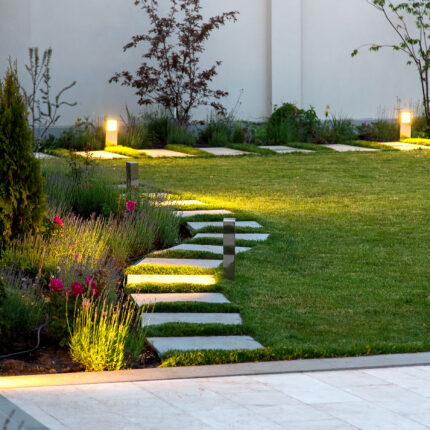
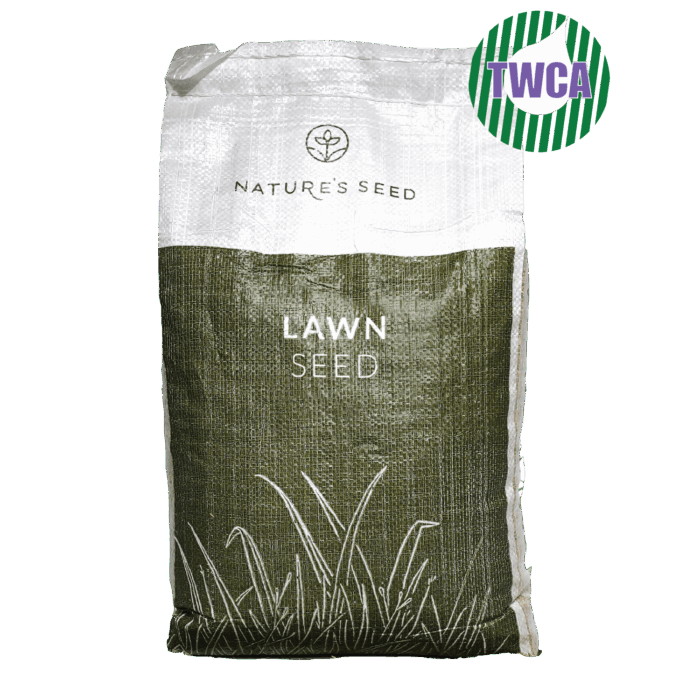
Northwest Water-Wise Lawn Mix | TWCA Certified
(4.7) - 145 reviews
$39.99
5 Lb - 1,000 Sq. FtHome Lawns; Sports Turf; High-Traffic; Shade-Friendly
Northern USDA Regions (3-5), Transitional USDA Regions (6-8)
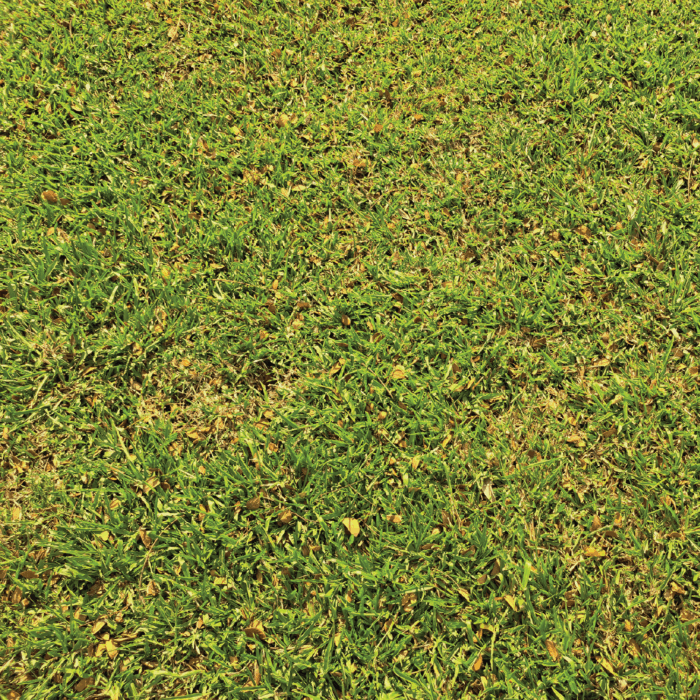
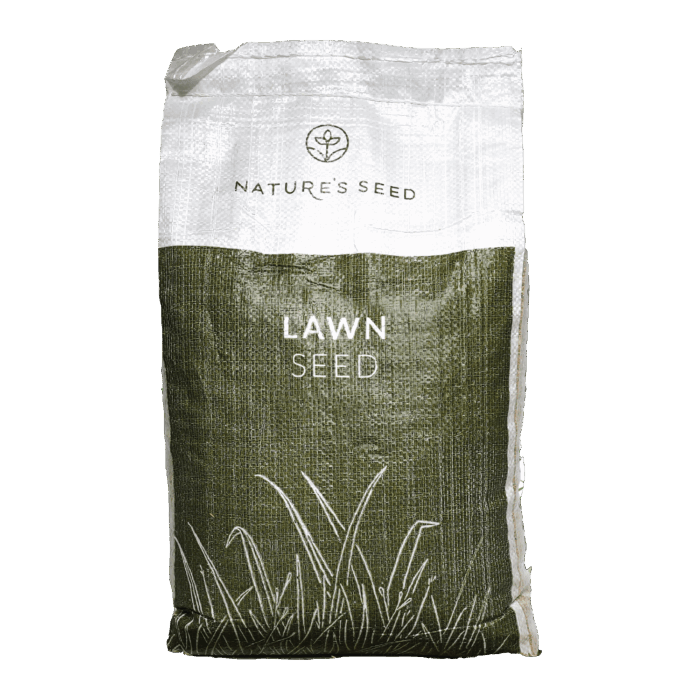
Perennial Ryegrass Fast-Growing Lawn Mix
(4.7) - 145 reviews
$49.99
5 Lb - 1,000 Sq. FtSports Turf; Quick Cover & Overseeding; Cool-Season Region; Irrigated Landscapes
Northern USDA Regions (3-5), Transitional USDA Regions (6-8)
